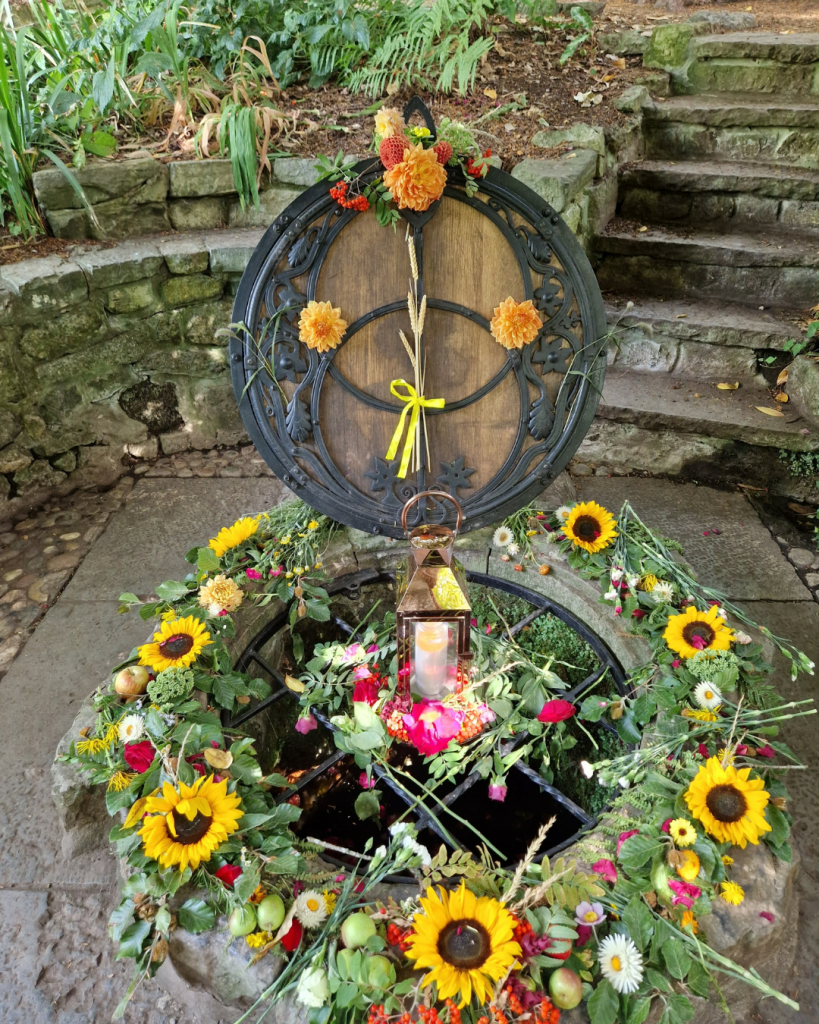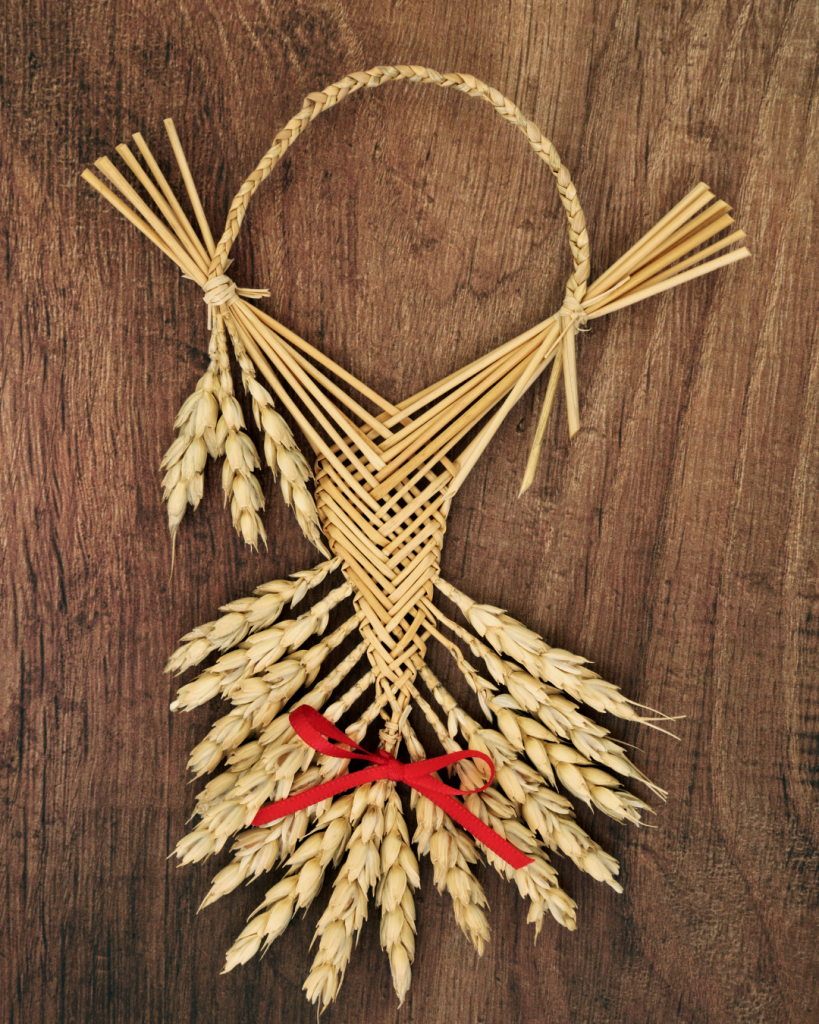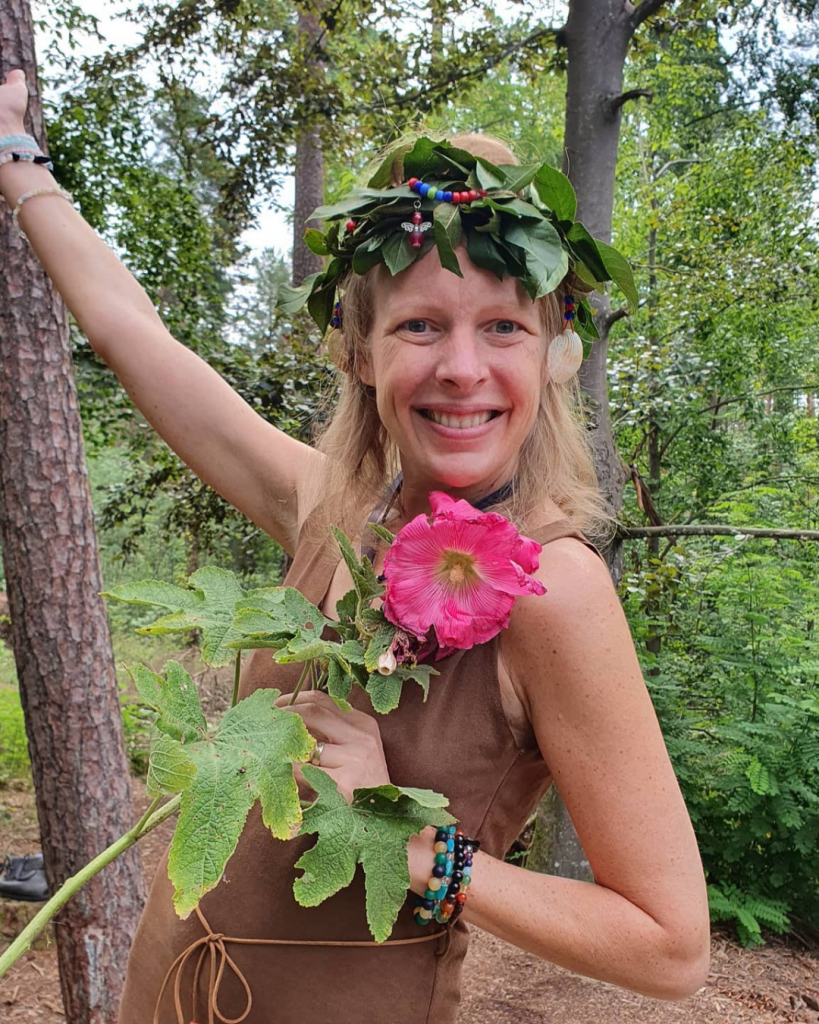Celebrating the First Harvest: The Rich Traditions and Practices of Lughnasadh
As the wheel of the year turns, marking the transition from summer to autumn, we come upon the ancient Celtic festival of Lughnasadh. Celebrated on the first day of August, or sometimes on the full moon closest to this date, Lughnasadh holds a special place in Celtic tradition as a time to honor the first harvest of the year. This festival, steeped in history and mythology, offers a glimpse into the deep connection between humanity and the natural world.
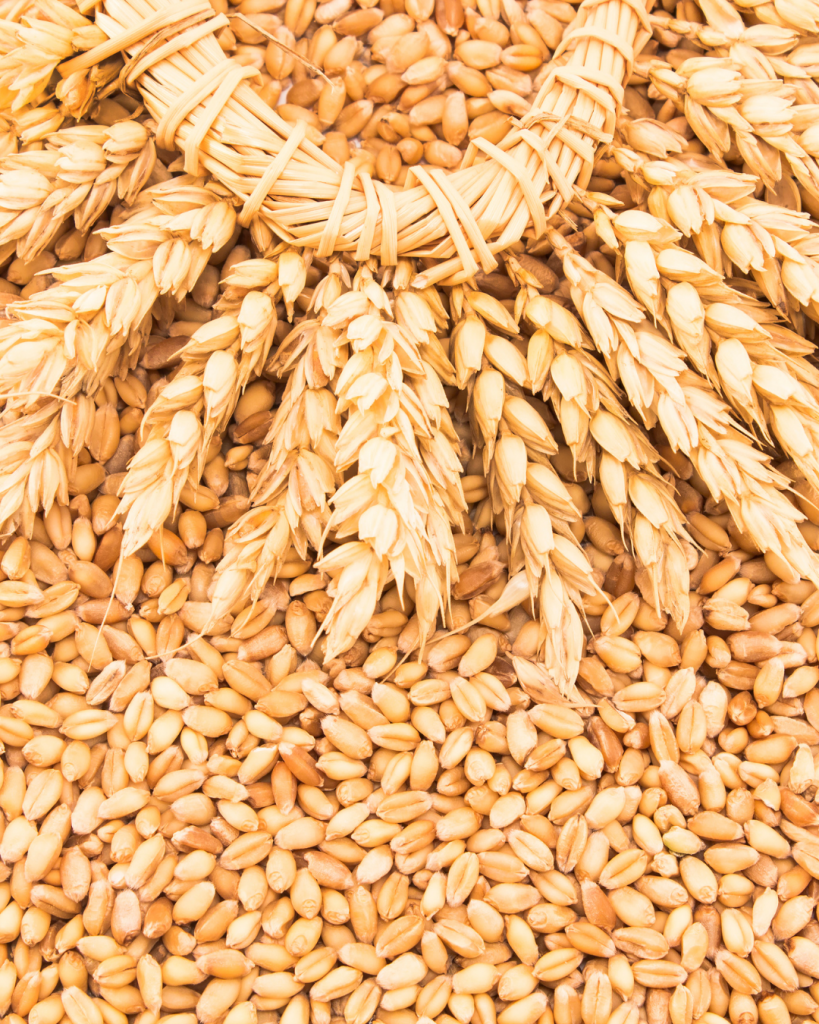
Meaning and Significance
Lughnasadh, pronounced “LOO-nah-sah,” derives its name from the Celtic sun god Lugh, who was associated with light, craftsmanship, and the harvest. The festival is a celebration of the bounty of the earth and the agricultural achievements of our ancestors. It symbolizes gratitude for the abundance provided by the land and marks the beginning of the harvest season.
History and Origins
Lughnasadh has its roots in ancient Celtic mythology and agricultural practices. It was a time for communities to come together, share their resources, and give thanks for the fruits of their labor. The festival also served as a tribute to Lugh, the god of light and skill, who was believed to bless the fields with fertility and prosperity.
Traditions and Customs
The customs associated with Lughnasadh vary from region to region, but common practices include the making of offerings to the land spirits, the blessing of crops and livestock, and the weaving of intricate corn dollies to symbolize the spirit of the harvest. Bonfires are often lit to honor the sun god Lugh, and communal feasts featuring traditional foods such as bread, cheese, and seasonal fruits are shared among friends and family.
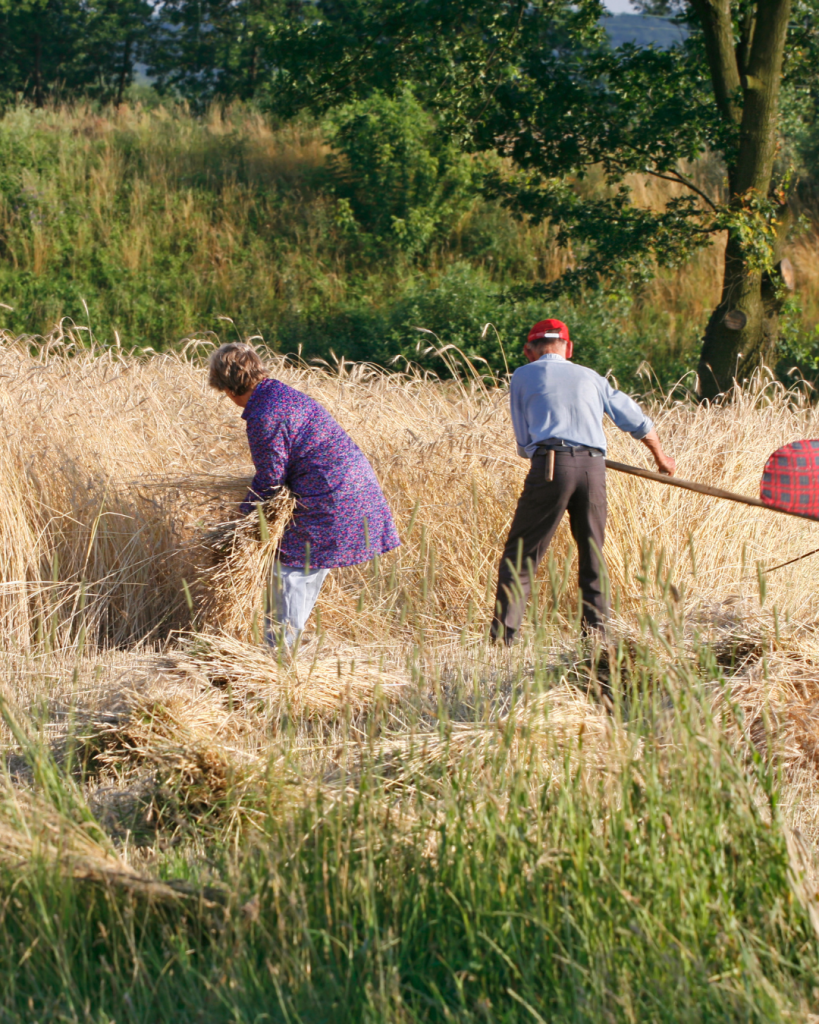
Modern Observance
In modern times, Lughnasadh is still celebrated by many people around the world, albeit in different forms. Some adhere to traditional rituals and ceremonies, while others incorporate elements of nature-based spirituality into their observances. Regardless of the specific practices involved, the underlying theme of gratitude for the earth’s bounty remains central to the festival.
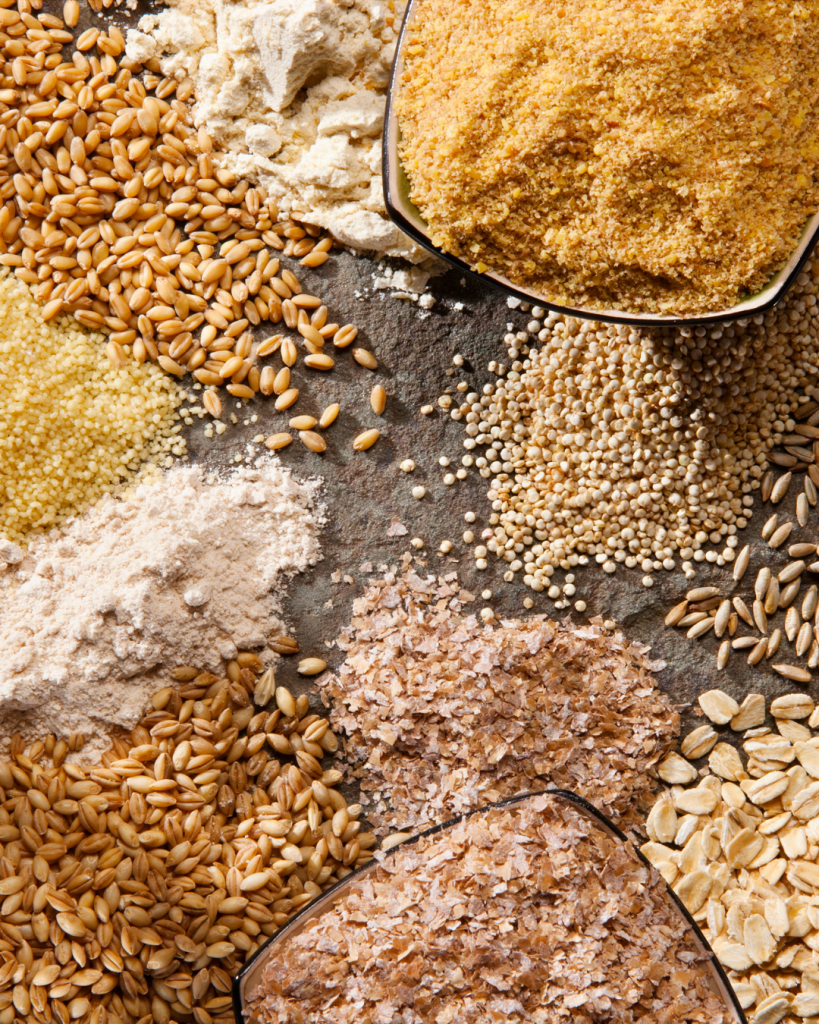
Cultural and Regional Variations
While Lughnasadh is primarily associated with Celtic culture, similar harvest festivals are celebrated in other parts of the world under different names. In Ireland, the festival is known as “Lúnasa,” while in Scotland it is called “Lammas.” In England, it is sometimes referred to as “Loaf Mass,” highlighting the importance of bread in the celebration of the harvest.
Connection to Nature and Seasons
At its core, Lughnasadh is a celebration of the cycles of nature and the interconnectedness of all living things. It reminds us of our dependence on the earth for sustenance and the importance of living in harmony with the natural world. As we reap the rewards of the first harvest, we are reminded of our responsibility to care for the land and preserve its fertility for future generations.
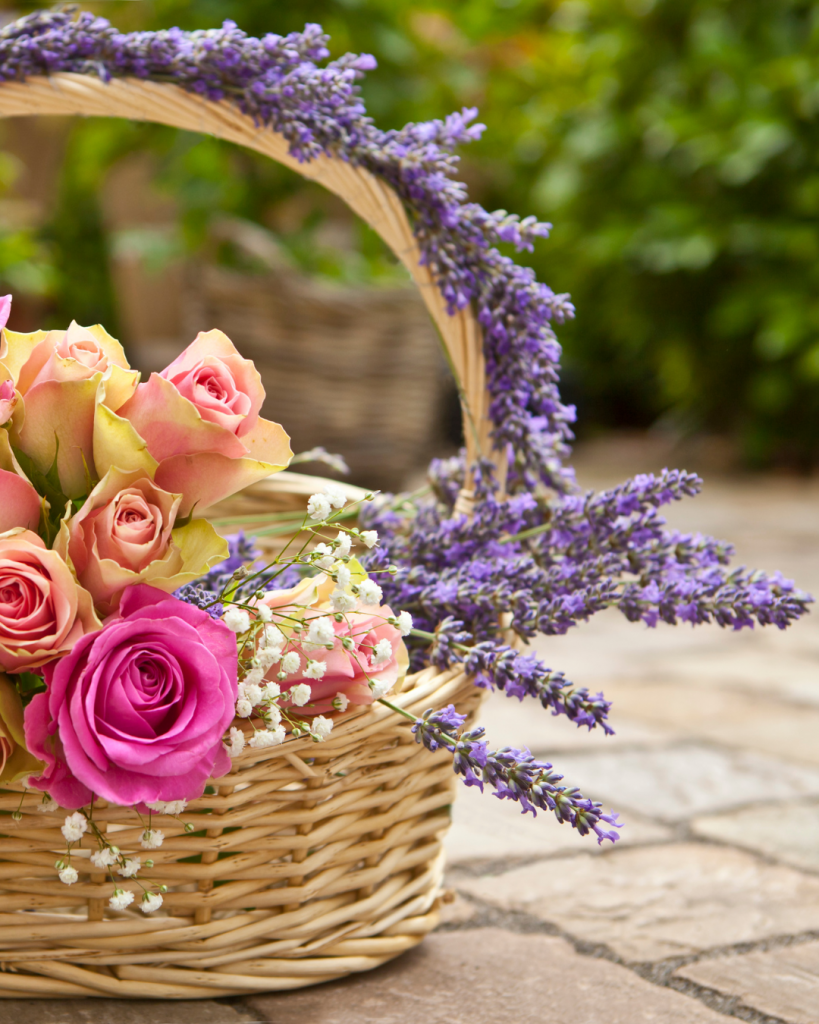
Conclusion
In conclusion, Lughnasadh is a time of reflection, gratitude, and celebration. It serves as a reminder of the earth’s abundance and our role as stewards of the land. By honoring the cycles of nature and giving thanks for the gifts we receive, we reaffirm our connection to the earth and to each other.
Practical Tips and Ideas
- Bake a loaf of bread using local grains to honor the spirit of the harvest.
- Create a seasonal altar with symbols of the harvest, such as grains, fruits, and candles dedicated to the harvest season.
- Host a potluck with friends or community members, featuring locally sourced and seasonal foods.
- Reflect and journal about your personal achievements and the “harvest” you’re gathering in your own life.
- Take a nature walk and collect items such as flowers, herbs, and grains to use in crafts or rituals.
Harvested on that day, they carry a big magical an healing power in it. - Craft a corn dolly or a wreath as a decorative and symbolic gesture of gratitude to the earth.
- Participate in or organize a community clean-up to give back to the land that sustains us.
- Attend a local Lughnasadh celebration or organize one in your community.
- Offer prayers or blessings to the land spirits and give thanks for the abundance of the earth.
